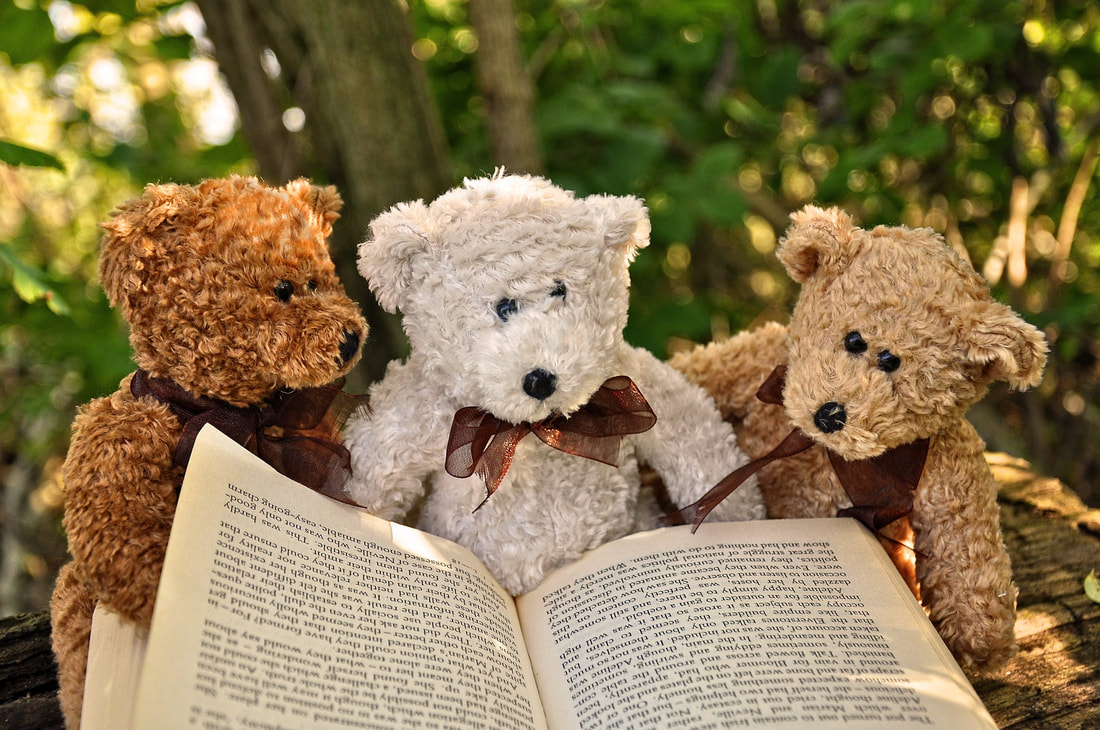|
Book editing can seem like a daunting process, that's why it is sometimes outsourced, so a fresh pair of eyes (from those of the author) can review the work. Researchers at the University of Glasgow proved that what our eyes see may not always be translated correctly to our brains since our brains tend to fill in pieces and provide context. Dr. Lars Muckli, from the University’s Institute of Neuroscience and Psychology said, “We are continuously anticipating what we will see, hear or feel next. If parts of an image are obstructed we still have precise expectation of what the whole object will look like." This is why we cannot always see our typos and our written mistakes, and why it is always important to have at least one editor or proofreader.
But what exactly does an editor or proofreader do? And what type of editing is available? The book publishing industry usually divides editing into four categories or types: developmental, substantial, copy editing and proofreading. Stephen King said in On Writing: A Memoir of the Craft, “When you write a book, you spend day after day scanning and identifying the trees. When you’re done, you have to step back and look at the forest.” That's what a developmental editor does: s/he looks at how every tree fits together to become a forest. Or, as Grammarly reports, a developmental editor may work with the author from initial concept through outlining and the writing of drafts (basically being a book development coach); make suggestions about content, organization and presentation; or make suggestions with researching, writing and rewriting. A substantive editor works with the writer on making everything clearer and more accurate to the reader. This kind of editing may require reordering of paragraphs or sentences, rewriting for further explanation or clarity, and editing and organizing for better flow of information or story. A copy editor looks at things like whether the style and language use has been consistent. For example, are compound adjectives always hyphenated? Are references in exactly the same format? Has the style guide (Chicago Manual, MLA, APA, etc.) been used correctly each time? The copy editor also corrects typos, grammar, syntax and makes sure the document has a consistent voice. The copy editor also pays attention to figures and charts and illustrations to make sure they are numbered, headed and noted consistently. To go back to our tree analogy, the copy editor exams each piece of bark, each twig on every tree in the forest to make sure they all add up to a cohesive whole. This is the final edit before the manuscript goes to typesetting/book designing. Proofreading, in a professional publishing context, happens after the book has gone to layout. The purpose of editing at this stage is to catch missing punctuation or any typos that happened during the book layout phase. This is the final time to catch any errors before the book goes to press. If you're in the market for an editor for your book manuscript, you may be looking for a substantive editor or a copy editor. Or, if you are self-publishing, maybe it is just that extra set of proofreading eyes you need. A professional editor will help make any book better. And as illustrated below, creating a stellar product can rarely be done in a vacuum. Hillary Rodham Clinton said that it takes a village to raise a child; it also takes a village to produce a well-written and edited book.
1 Comment
5/16/2020 09:02:28 pm
It is true that when we write something the different ideas translate to other words and there might be some confusion that might happen. We should learn how to balance things for there will be conflicts that might happen and we do not want that to happen. Let us always look at the different sides of the story and be happy at all times so that in the end there will be good results. Book readers and other forms of reading materials are all the same but have different purposes.
Reply
Leave a Reply. |
AuthorJill L. Ferguson Archives
October 2025
Categories |

 RSS Feed
RSS Feed